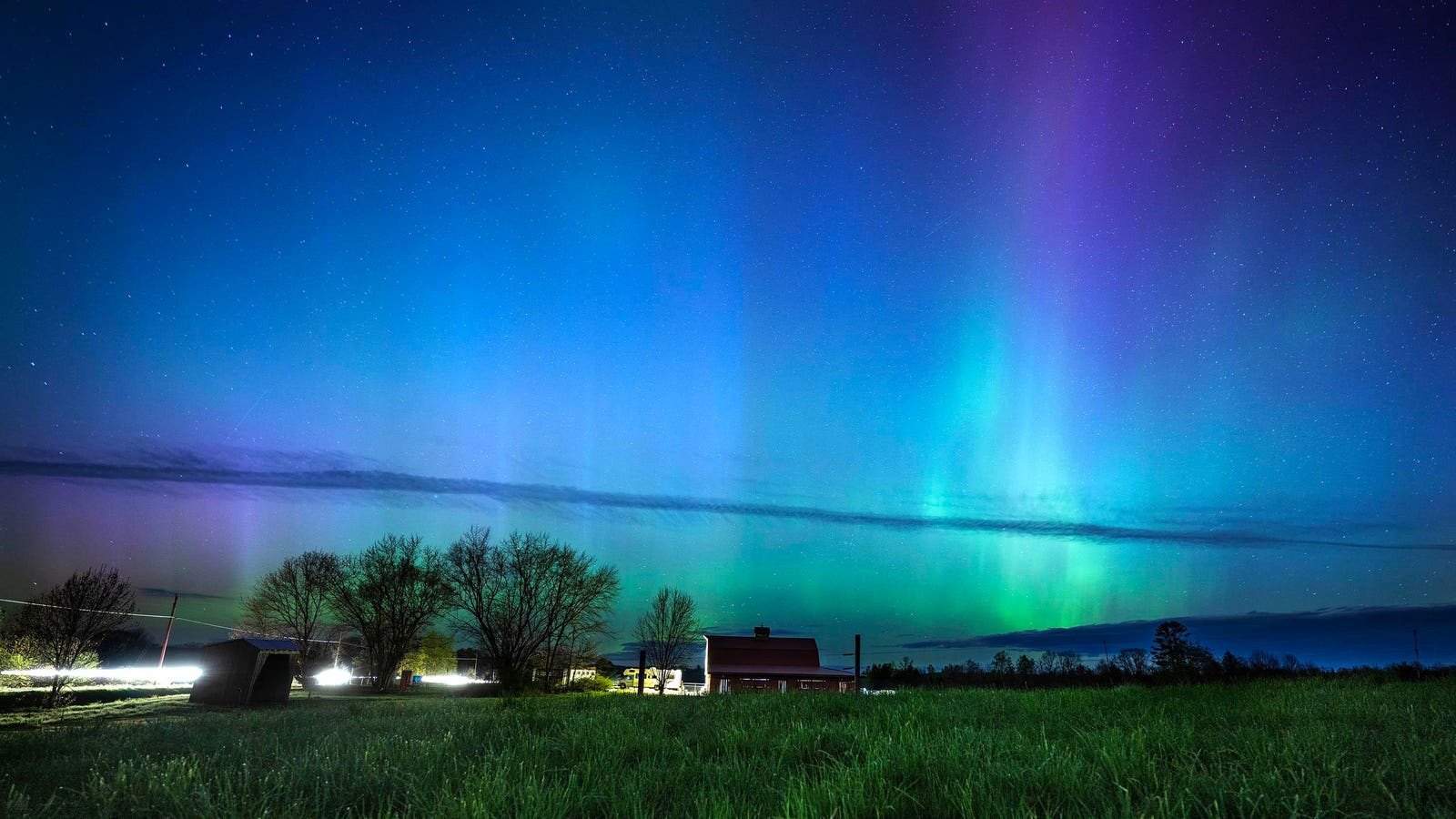Daylight saving time (DST) ends at at 2 a.m. on Sunday, Nov. 2, 2025.
getty
When do clocks change? Daylight saving time (DST) — often incorrectly called daylight savings time — ends at 2 a.m. on Sunday, Nov. 2, 2025, as clocks fall back one hour. It will mean most people in the U.S. and Canada gain an extra hour of sleep as standard time begins.
Whether DST is good or bad splits the nation, with a Gallup survey earlier this year finding that 72% of Americans want no clock changes. However, 48% want permanent standard time, 24% want permanent DST and 19% want to maintain the current system.
The Sunshine Protection Act — making daylight saving time the new, permanent standard time —was reintroduced by Congress in 2025, but has not yet been enacted.
Here’s everything you need to know about when to change the clocks this weekend.
Where And When Do Clocks Change?
According to Timeanddate.com, in 2025, the clocks will be set back one hour at 2 a.m. (to 1 a.m.) local time on Sunday, Nov. 2, 2025. As a consequence, an hour will be gained on the clock. Sunrise and sunset will occur an hour earlier on Nov. 2, with more light in the morning and less in the evening (the sun doesn’t shift, but because the clocks are changed, sunrise and sunset appear an hour earlier).
An easy way to remember it is “spring forward, fall back.” DST begins on the second Sunday in March and ends on the first Sunday in November. Most smartphones update automatically if “set automatically/use network time” is enabled, but all manual clocks need changing.
Which U.S. States Don’t Observe DST?
Two U.S. states do not observe DST. Arizona remains on Mountain Standard Time year-round (except in the Navajo Nation, which observes DST), while Hawaii permanently uses Hawaii Standard Time.
DST is not used in the U.S. territories of American Samoa, Guam, the Northern Mariana Islands, Puerto Rico and the U.S. Virgin Islands.
In Canada, DST is not observed in Yukon, most of Saskatchewan, some regions of British Columbia, Southampton Island in Nunavut and some communities in eastern Quebec, according to Timeanddate.com.
Why We Change The Clocks
The U.S. adopted DST nationwide in 1918 during World War I to extend daylight working hours and save fuel and energy. It’s been used across the U.S. since the Uniform Time Act of 1966, which was passed to create a standardized system of time (though it does allow states to opt out and observe standard time).
The concept of DST leverages Earth’s 23.5-degree tilt, which causes the seasons by greatly varying the amount of daylight across the world.









